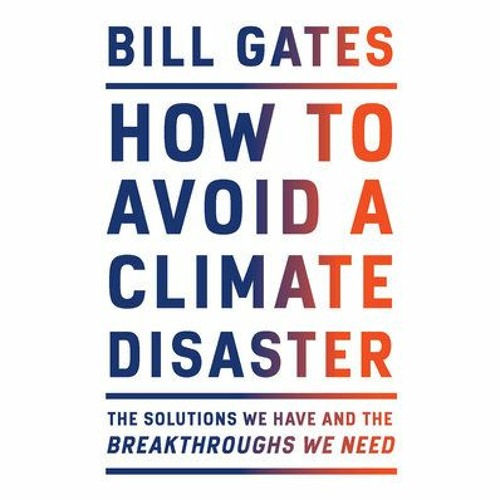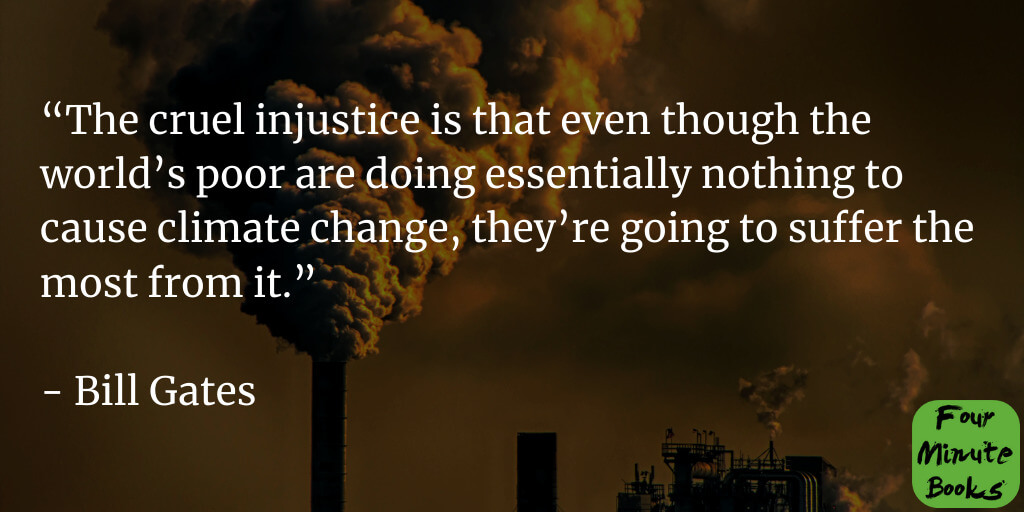


This causes green alternatives to be more expensive and hence the term "Green Premium". Getting to Net Zero carbon is difficult when fossil fuels are so cheap. This means more effective transmission, access and clean energy production. Government (both national and local) will need to increase investment in the infrastructure to support this. As more industries pivot to electrification, our demand for power is going to increase rapidly and our power infrastructure will need to be ready. This is visible in industries such as automotive where mainstream consumers are now adopting electric vehicles. To reduce carbon emissions, we're going electric. Nuclear isn't perfect but it's the best we've got… at least for now. They are great as a secondary source but can't provide the 24/7 reliable power we need. However, as the data shows in the book, nuclear power is among the safest sources around.Īlthough we may want to, we can't rely solely on renewable sources of energy. Unfortunately, high profile disasters (Chernobyl / Fukushima) have affected public opinion and its adoption on a wider scale. If we're building a realistic plan to Net Zero, nuclear energy is going to be a big part of our energy infrastructure. Here are some of my biggest takeaways from the book: Once these categories are defined, Bill outlines issues we face in (technical, political & economic) and provides an outline on how we get to "Net Zero" carbon emissions. Cement, Steel, Plastics…) is the biggest emitter of greenhouse gases globally. For example, I had no idea the production of things (e.g. This section was quite eye-opening for me. Gates begins by breaking down the 51 billion tonnes of greenhouses we currently emit into five categories:

As one of the defining issues that my generation is facing, I figured it would made sense to better educate myself on the topic. Book #5 on my weekly reading journey is How to Avoid a Climate Disaster by Bill Gates.


 0 kommentar(er)
0 kommentar(er)
